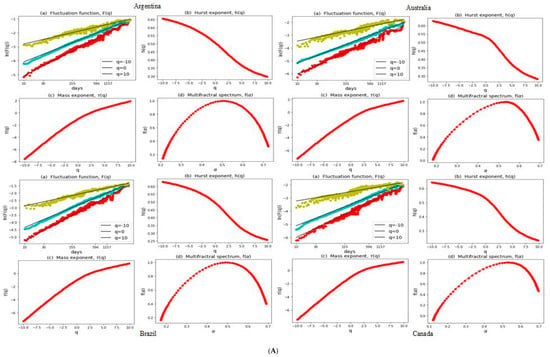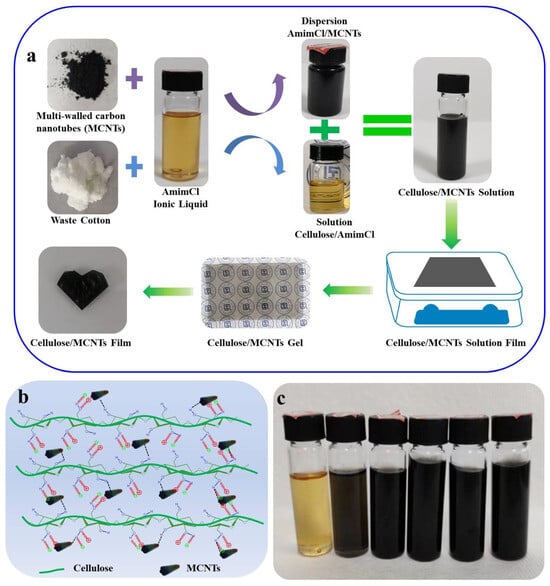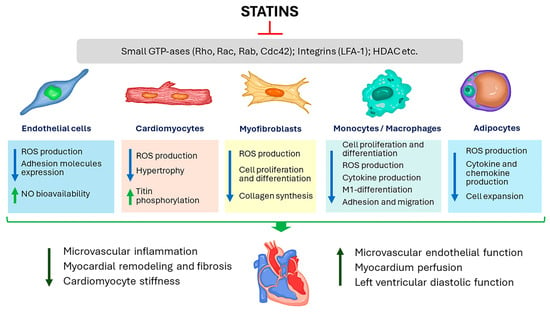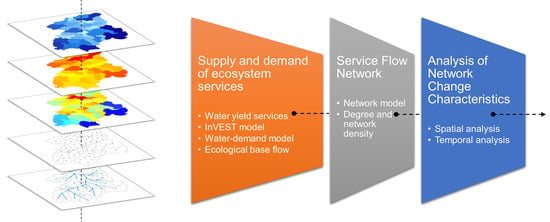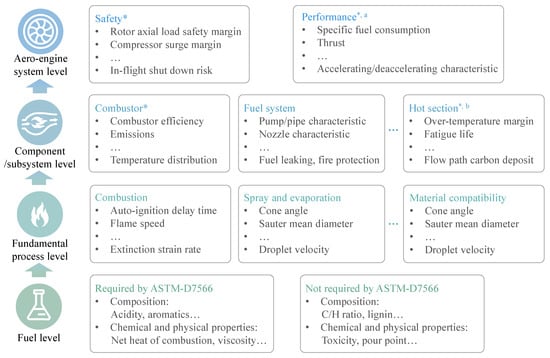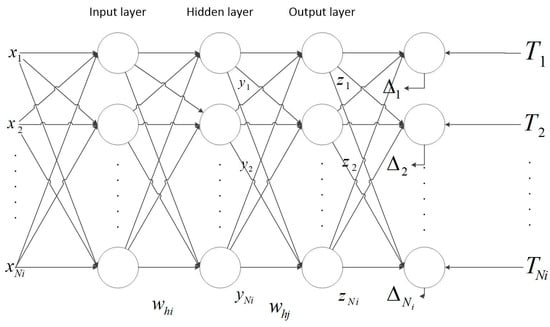In this study, a commercial sodium butyrate protected by a new buffer salt solution (NSB) was tested to determine whether it can be used as an antibiotic alternative in broiler production. A total of 192 1-day-old broilers were randomly allocated to three dietary treatments: soybean meal diet (CON), antibiotic diet (ANT, basal diet + 100 mg/kg aureomycin), and NSB (basal diet + 800 mg/kg NSB). The growth performance, serum anti-inflammatory cytokines, intestinal morphology, gut barrier function, antioxidative parameters, SCFAs’ content, and cecal microbiota were analyzed. The result showed that NSB significantly improved ADFI and ADG (
p < 0.01), and decreased FCR (
p < 0.01). Serum anti-inflammatory cytokine IL-10 was up-regulated (
p < 0.01), and pro-inflammatory TNF-α was down-regulated (
p < 0.05) by NSB supplementation. H&E results showed that VH and the VH/CD ratio significantly increased (
p < 0.05) in the jejunum and ileum in the NSB group. Furthermore, ZO-1 (
p < 0.01), claudin-1 (
p < 0.01), and occludin (
p < 0.05) in the jejunum and claudin-1 (
p < 0.01) and mucin-2 (
p < 0.05) in the ileum were significantly up-regulated in the NSB group. Additionally, SOD (
p < 0.05) and the T-AOC/MDA ratio (
p < 0.01) in the jejunum and SOD in the ileum were significantly increased (
p < 0.05) in the NSB group. The MDA level also significantly increased (
p < 0.01) in the ANT group in the jejunum. Propionic acid (
p < 0.05) and butyric acid (
p < 0.01) content significantly increased in the NSB group in the jejunum and ileum segments. The 16S rRNA sequencing results showed no significant difference (
p > 0.05) in alpha and beta diversity among the groups. LEFSe analysis also indicated that
Peptostreptococcaceae, Colidextribacter, Firmicutes, Oscillospira, and
Erysipelatoclostridiaceae, which promote SCFA production (
p < 0.05), were identified as dominant taxon-enriched bacterial genera in the NSB group. The Spearman correlation analysis revealed that
Colidextribacter with ADFI, ADG, VH, claudin-1 (
p < 0.05), and
unclassified_f__Peptostreptococcaceae with ADFI, IL-10, and ZO-1 were positively correlated (
p < 0.05). Furthermore, ADFI and ADG with IL-10, claudin-1, SOD, T-AOC, and butyric acid (
p < 0.05), and similarly, ADG with VH (
p < 0.05), showed a positive correlation. In conclusion, NSB enhanced the growth performance by improving jejunum and ileum morphology, and serum anti-inflammatory cytokines, and by regulating the intestinal barrier function and antioxidant capacity, SCFAs’ content, and cecum microbiota, showing its potential use as an alternative to antibiotics in poultry nutrition.
Full article
 IJMS
IMPACT
IJMS
IMPACT Applied Sciences
IMPACT
Applied Sciences
IMPACT Sustainability
IMPACT
Sustainability
IMPACT Sensors
IMPACT
Sensors
IMPACT JCM
IMPACT
JCM
IMPACT Materials
IMPACT
Materials
IMPACT Molecules
IMPACT
Molecules
IMPACT Energies
IMPACT
Energies
IMPACT Electronics
IMPACT
Electronics
IMPACT Remote Sensing
IMPACT
Remote Sensing
IMPACT Cancers
IMPACT
Cancers
IMPACT Nutrients
IMPACT
Nutrients
IMPACT Mathematics
IMPACT
Mathematics
IMPACT Foods
IMPACT
Foods
IMPACT Buildings
IMPACT
Buildings
IMPACT Polymers
IMPACT
Polymers
IMPACT Animals
IMPACT
Animals
IMPACT Water
IMPACT
Water
IMPACT Plants
IMPACT
Plants
IMPACT Agronomy
IMPACT
Agronomy
IMPACT Biomedicines
IMPACT
Biomedicines
IMPACT Processes
IMPACT
Processes
IMPACT Microorganisms
IMPACT
Microorganisms
IMPACT Diagnostics
IMPACT
Diagnostics
IMPACT Nanomaterials
IMPACT
Nanomaterials
IMPACT Viruses
IMPACT
Viruses
IMPACT Medicina
IMPACT
Medicina
IMPACT Healthcare
IMPACT
Healthcare
IMPACT Cells
IMPACT
Cells
IMPACT Forests
IMPACT
Forests
IMPACT Agriculture
IMPACT
Agriculture
IMPACT Land
IMPACT
Land
IMPACT JMSE
IMPACT
JMSE
IMPACT IJERPH
IJERPH
 Symmetry
IMPACT
Symmetry
IMPACT Genes
IMPACT
Genes
IMPACT Pharmaceutics
IMPACT
Pharmaceutics
IMPACT Coatings
IMPACT
Coatings
IMPACT Micromachines
IMPACT
Micromachines
IMPACT Pharmaceuticals
IMPACT
Pharmaceuticals
IMPACT Atmosphere
IMPACT
Atmosphere
IMPACT Children
IMPACT
Children
IMPACT Religions
IMPACT
Religions
IMPACT Antioxidants
IMPACT
Antioxidants
IMPACT Life
IMPACT
Life
IMPACT Metals
IMPACT
Metals
IMPACT Biomolecules
IMPACT
Biomolecules
IMPACT Vaccines
IMPACT
Vaccines
IMPACT Education Sciences
IMPACT
Education Sciences
IMPACT Minerals
IMPACT
Minerals
IMPACT Horticulturae
IMPACT
Horticulturae
IMPACT Brain Sciences
IMPACT
Brain Sciences
IMPACT JPM
IMPACT
JPM
IMPACT Bioengineering
IMPACT
Bioengineering
IMPACT





